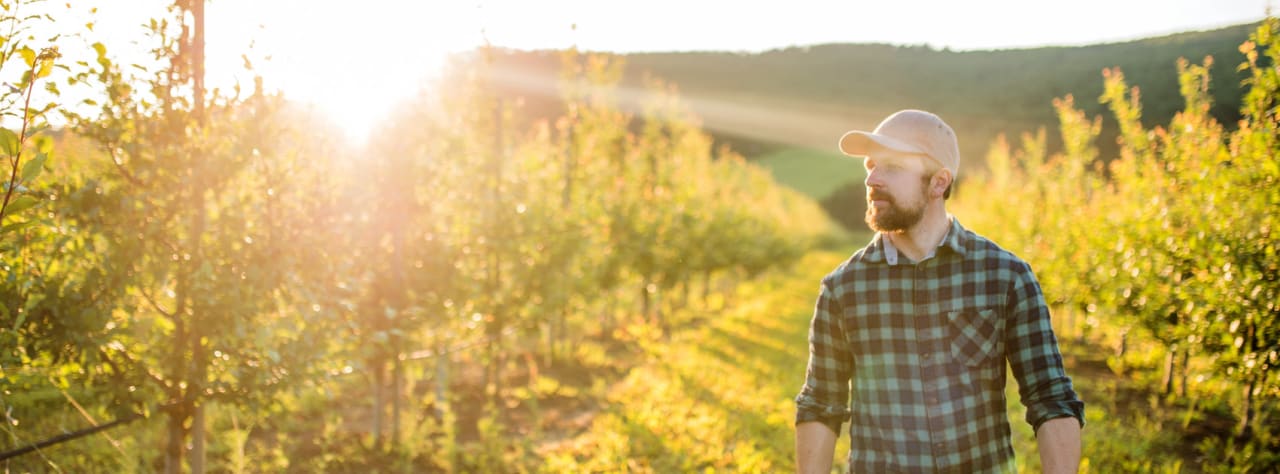The National Pálinka Council of Hungary defines 5 fruit categories for making pálinka.
Because pálinka has protected geographical indication (PGI) of the European Union, only fruit spirits mashed, distilled, aged and bottled in Hungary (and similar apricot liquor in four provinces of Austria) can be called “pálinka”. And because this is a native drink in Hungary and hugely popular among its citizenry, pálinka is continuously undergoing innovation. Master Distillers continue trying new fruit varieties along with new methods of production including double-bedding, mixed-bedding, fruit-pairing and even new barrel types with different wood and double-barrel aging. Pálinka-making is truly a continuously evolving art form.

Apple is the most prevalent fruit grown in Hungary. Many different pálinka varieties are made from apples and the dominant ones are Jonathan, Jonagold, Golden and Red Delicious, Gala and Idared. Other apples used Mutsu, Fuji and Granny Smith.
Pears are a close second when it comes to popular pálinka spirits and fall under the apple category as well. Many distillers prefer using a variety of pear types but there are some who prefer a specific type of pear like Bosch Kobak, Williams Pear (which is actually in a category of its own), Quince, Packham’s Triumph and Kieffer, Conference or Clapp’s.
These fruits used in the making of pálinka have a pit or stone in them. Fruits of this type include cherry, sour cherry, apricot, peach(nectarine) and plum.* These particular fruits must first be cleaned, and then the stones must be removed from them to ensure the absence of traces of cyanide in the final product. *These fruits wild counterparts are under the wild fruit category.
The grape berry and pressed grape pomace are good fruits for pálinka-making. Many distilleries are located in Hungarian wine regions or near to vineyards, so there is normally a wide selection of grape and pomace from which to make pálinka. The raw material of pomace pálinka can be made from different types of white grapes including Fumint, Zenit, Zöld Vetlelinia (Gruner Veltliner) or black grapes like Kékfrankos, Cabernet Franc, Cabernet Sauvignon.
There is a distinct difference in fruit grown in the wild as opposed to fruit grown in cultivation. Wild fruits are usually a bit stronger in flavor and some fruits like wild apples are less “fruity” and more acidic. The wild pear is much more tart than its cultivated counterpart, with a slight sweetness and even a strong aromatic spiciness. Berry fruits have the most intense aroma and flavor and are the most distinct in flavor among fruit pálinkas. Wild and berry fruits are the lowest-yielding pálinka fruits. In other words, It not only takes a lot of each of these fruits to create a normal batch of pálinka but the harvesting and preparation process takes longer with the distiller needing a high level of expertise and extra care to make the best final product.
Bedded pálinka is a product where the fruit used in pálinka is aged a minimum of 3 months on the fruit bed. This not only enhances the flavor but the sweetness of the pálinka, as well. Fruit beds can be different than the fruit used to make the actual pálinka and produce interesting results and taste. Because these pálinkas have a lower alcohol content, they’re great for a person new to the world of pálinka.